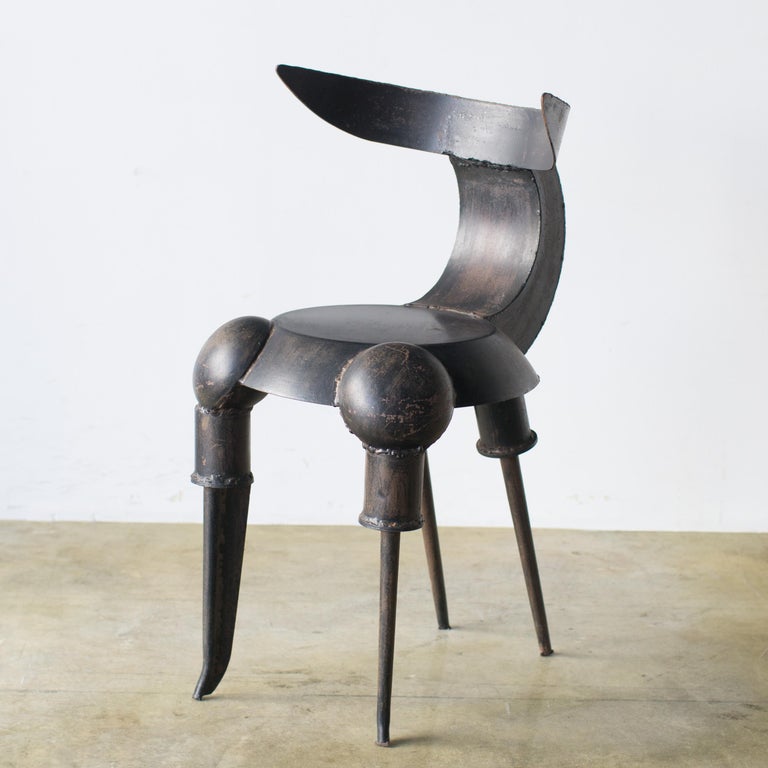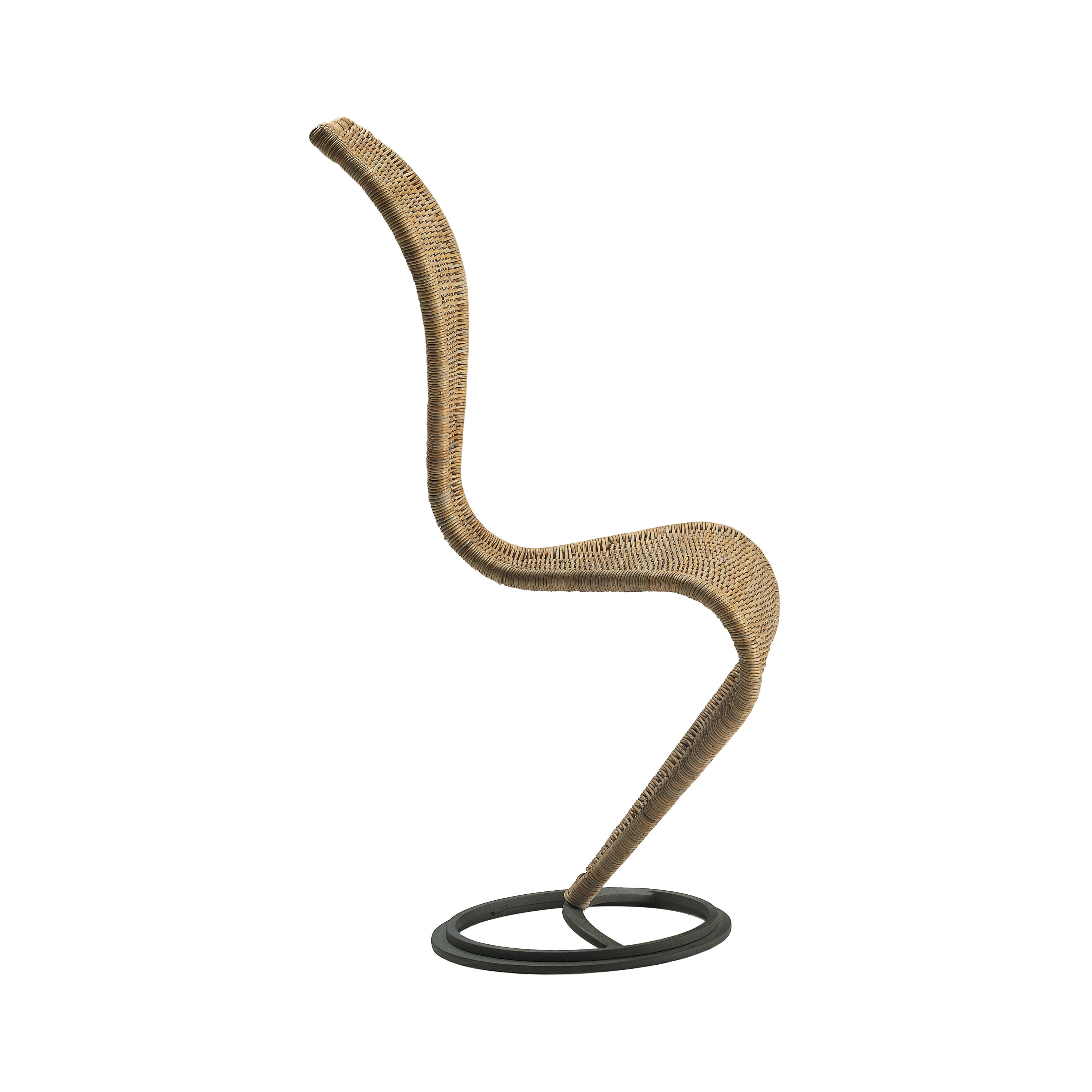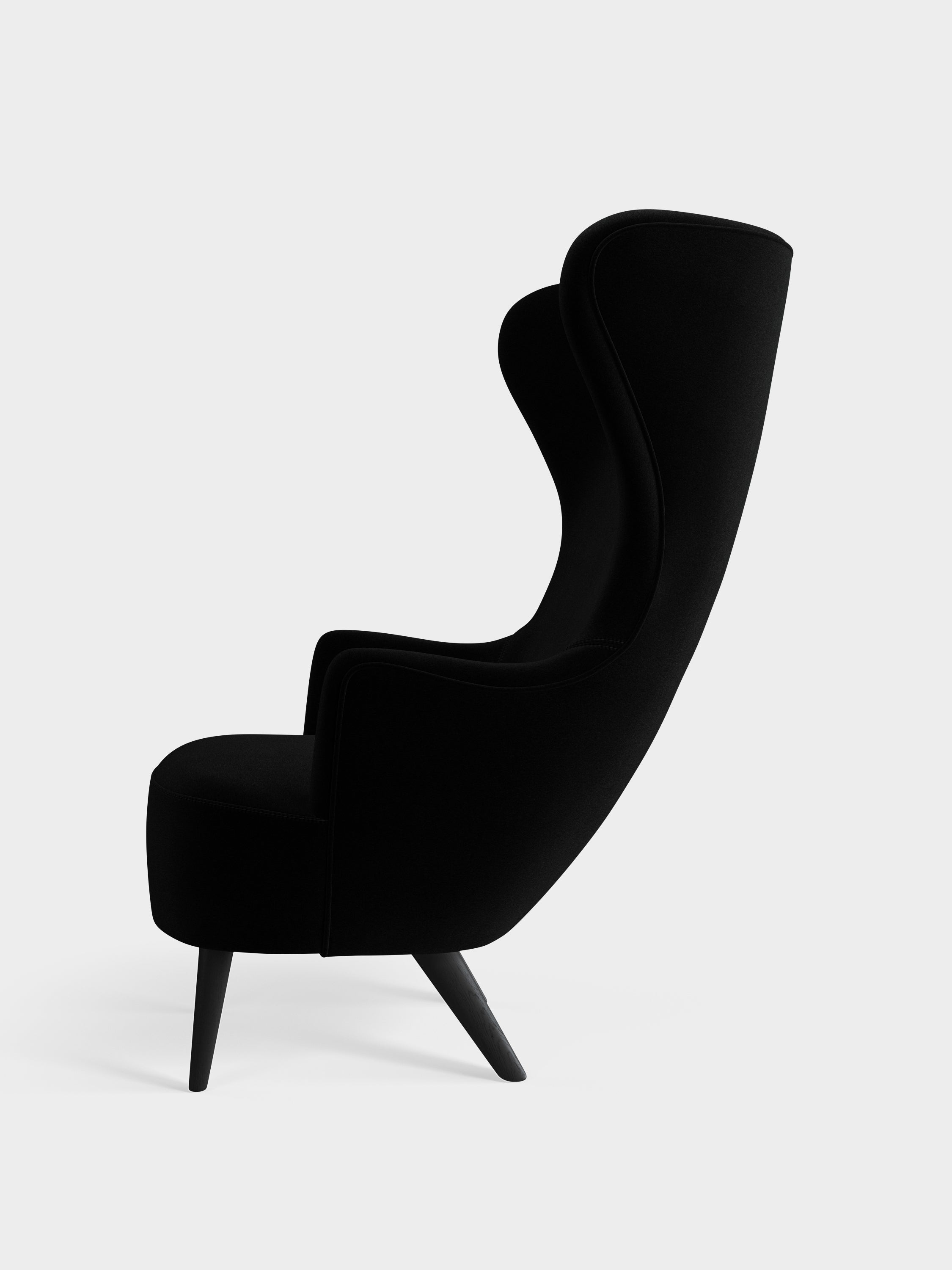How Tom Dixon turned a punk ethos into a product empire
Everything you need to know about the British designer who made heavy industry high-end – and built a global lifestyle brand from the ground up.
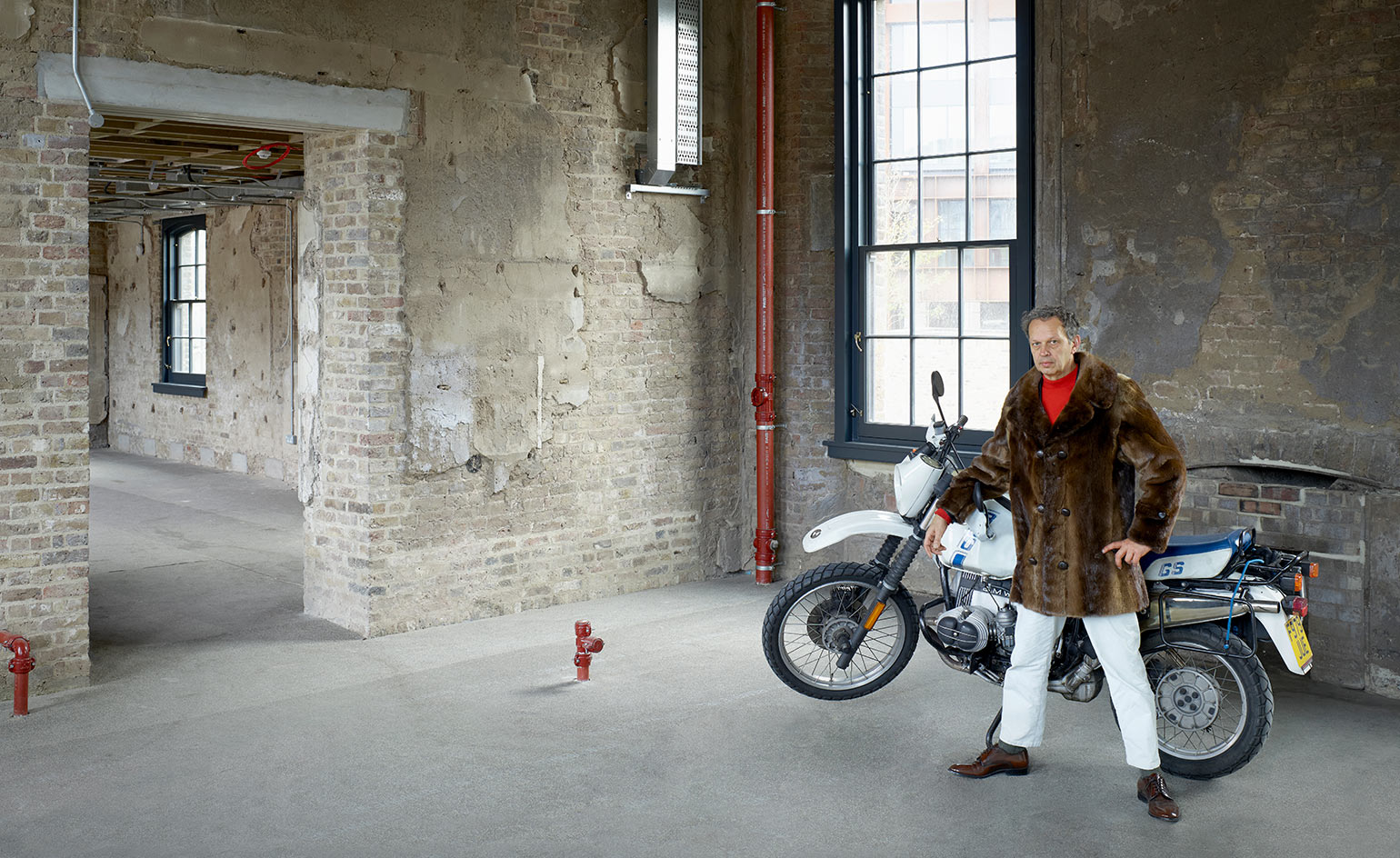
British designer Tom Dixon has consistently defied convention over the course of his 40-plus-year career. A sculptor, designer, creative director, businessman and maverick, Dixon has achieved what few in the field manage: turning himself into one of the world’s most prominent designers – and an all-encompassing lifestyle luxury brand. He has channelled his defining characteristics – a renegade spirit, a deadpan sense of humour and a lifelong fascination with materials – into tangible objects that span furniture, lighting, interiors and more.
Punk roots: the story of Tom Dixon
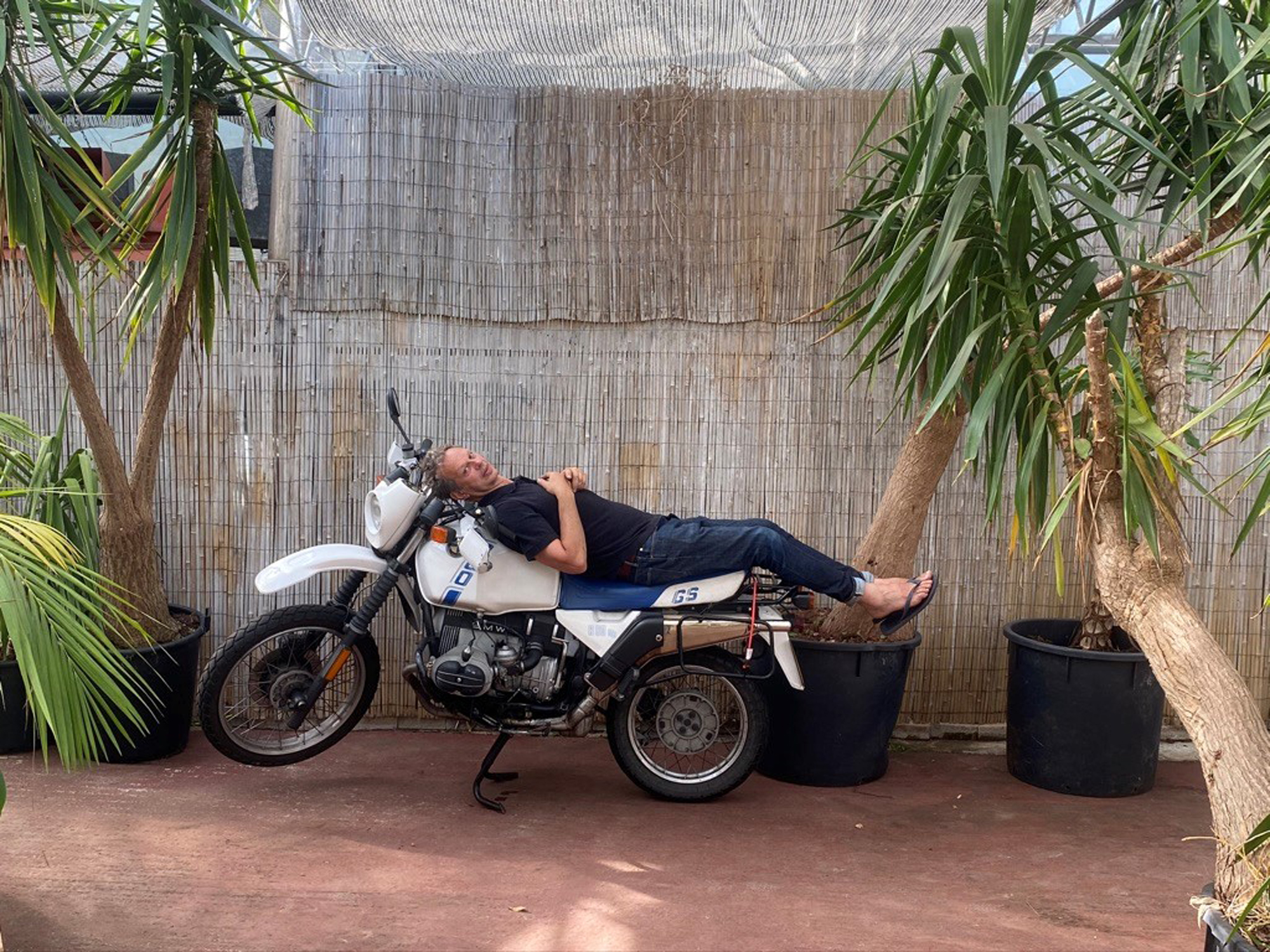
Dixon was born in Tunisia in 1959 to a French mother and English father, and moved to England with his family in 1963. After high school, he briefly attended Chelsea School of Art, but music was his first love. At the time, London was fertile ground for youth culture. The punk rock movement had liberated a whole generation from the idea that formal education was essential – it showed that you could be radical and still make a living. It was an attitude that appealed to the young Dixon, and would go on to shape his design philosophy.

He spent two years as a professional musician, but by 1983, a series of motorcycle accidents had brought his music career to an abrupt end. During this time, he developed an interest in repairing motorcycles and cars, teaching himself how to weld. He became enamoured with the process, describing the ability to transform a piece of scrap metal into something interesting and valuable as 'almost like a superpower'.
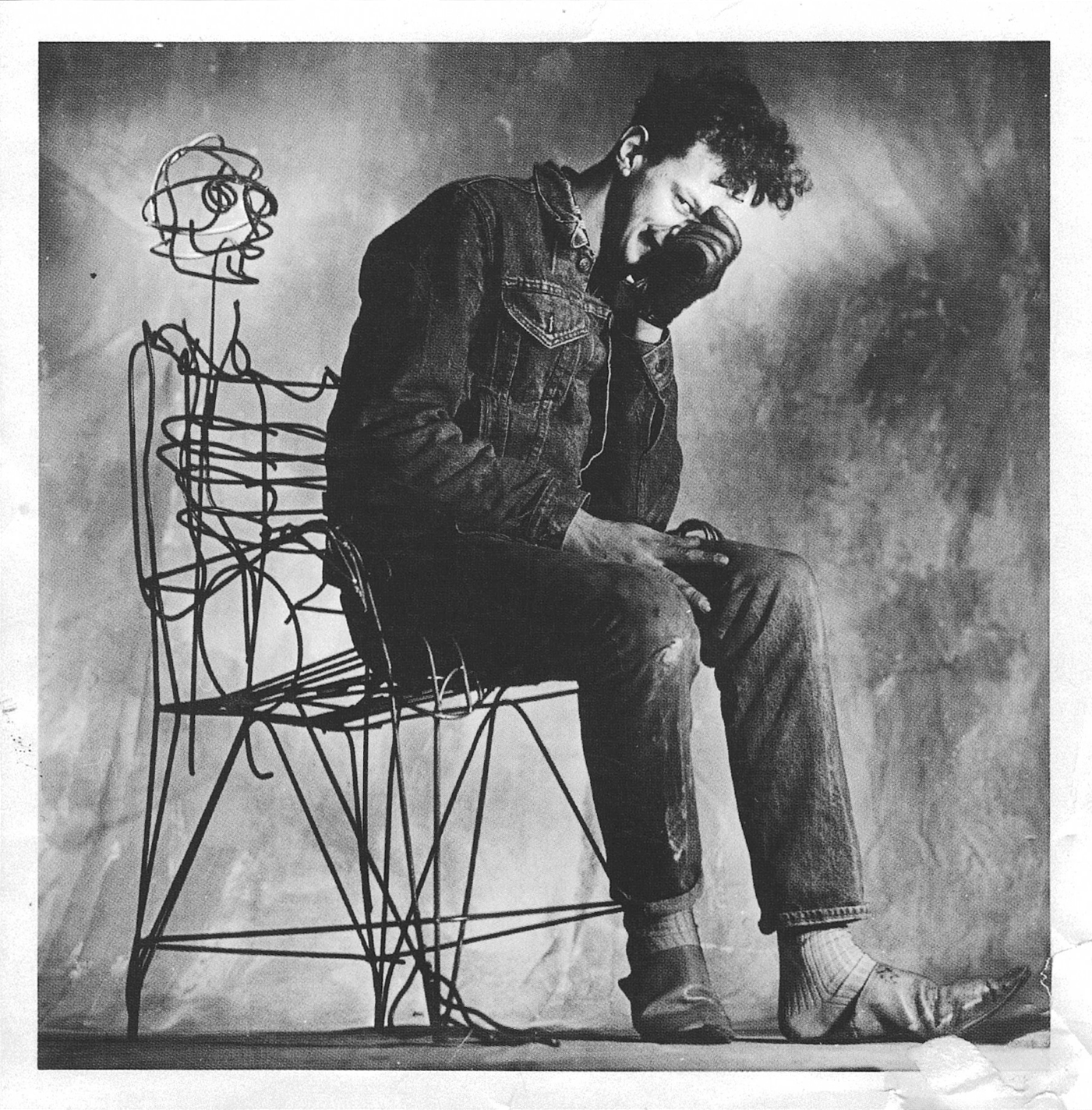
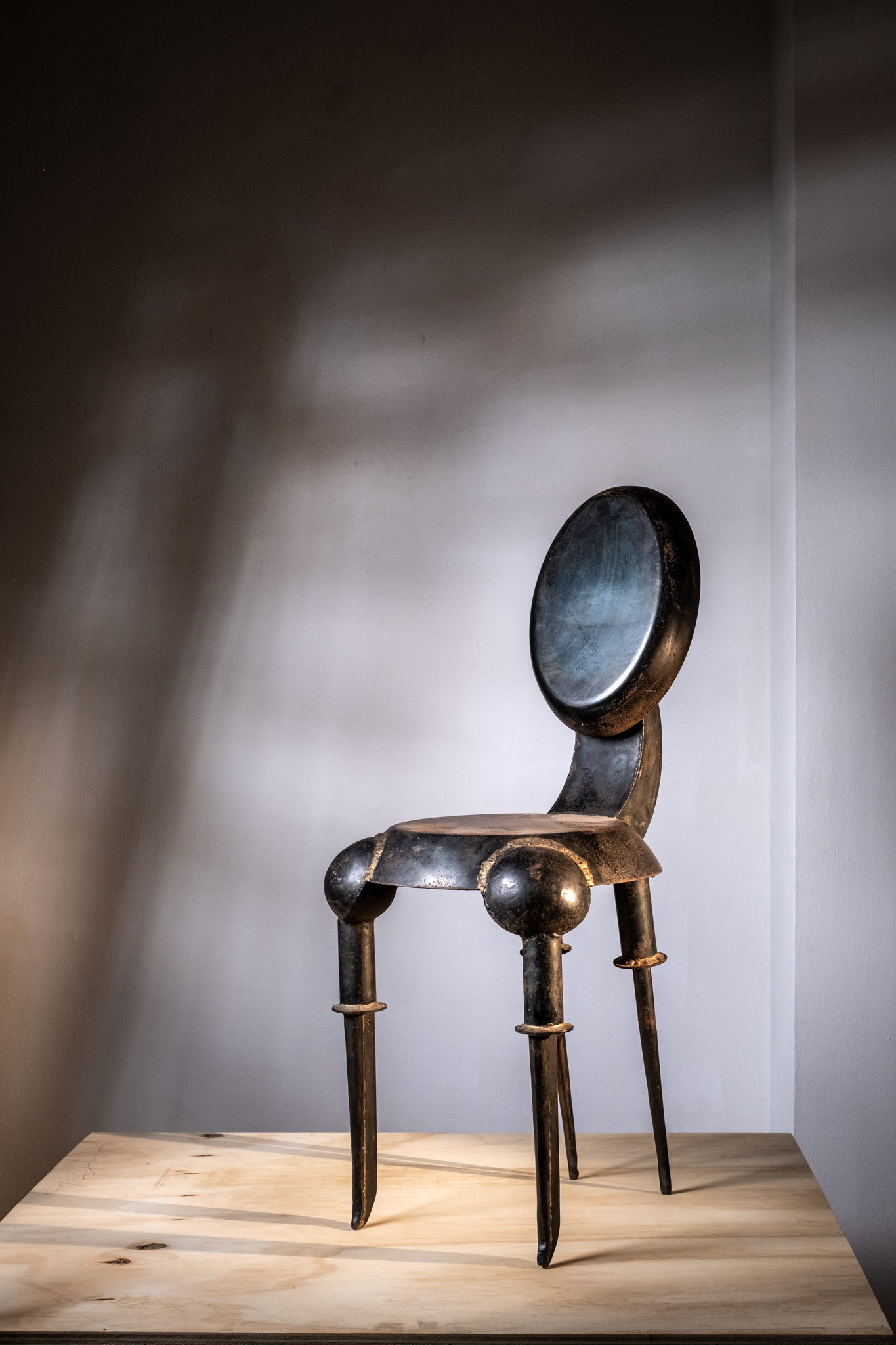
Fish Pan Chair
Inspired by punk’s anti-establishment ethos, he embraced a hands-on, trial-and-error approach, creating sculpture and furniture. Welding offered a quick and intuitive way of working that suited his impatient tendencies, and soon he was selling his rough-and-ready designs – such as the Fish Pan Chair from 1987, composed of frying pans, pots and ladles – before he even knew what a portfolio was. Unconstrained by teachers, syllabuses or commercial pressures, Dixon has described these early works as 'ugly' and 'unfunctional' – but in the best possible way.
From backyard experiments to lifestyle brand
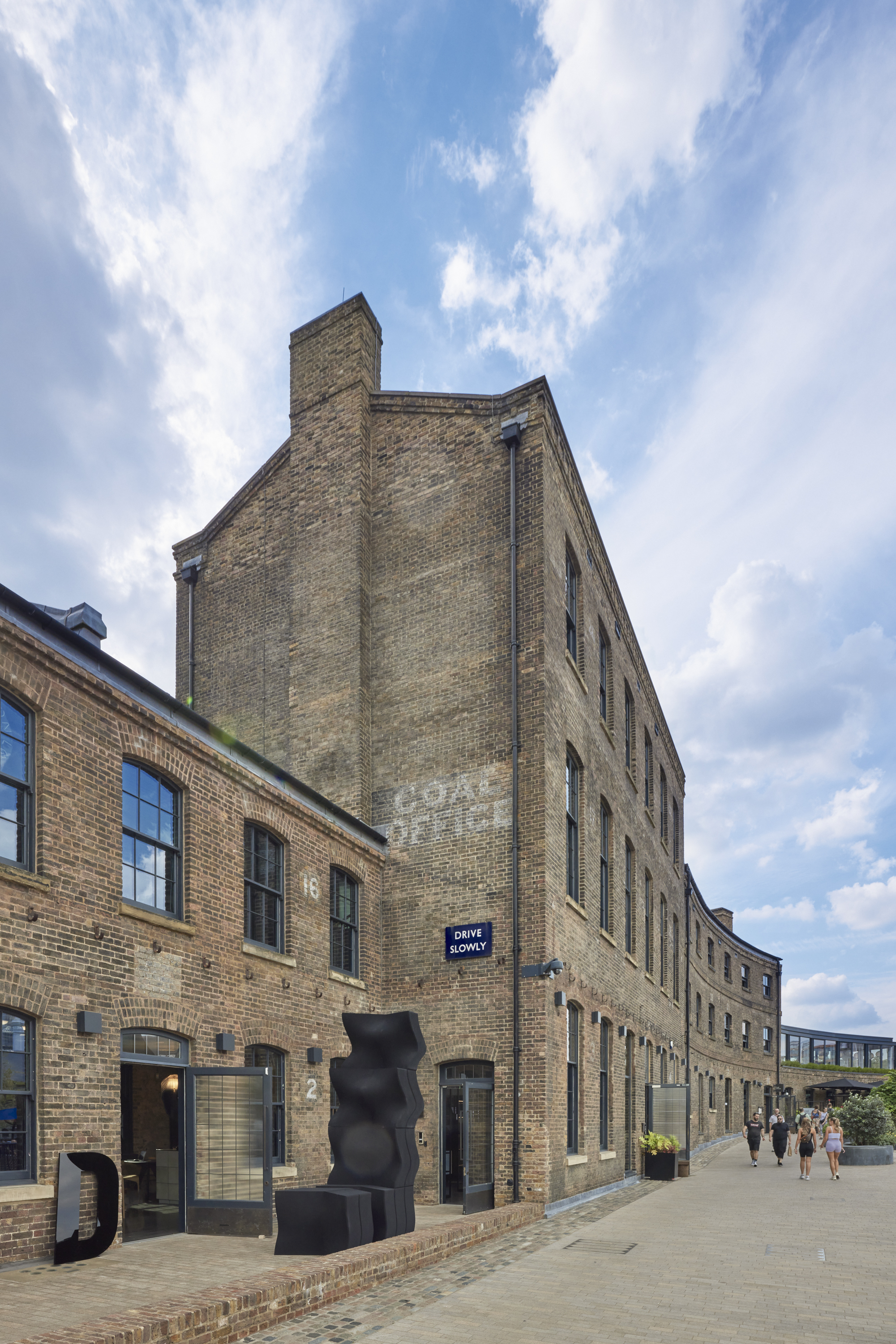
Dixon credits practice and prolific output as the foundations of his design career, believing that he became good at design simply by doing it – over and over again. Although his designs had gained cult status, the UK had little in the way of a design industry in the 1980s. Fortunately for Dixon, his work caught the eye of the Italians. His breakthrough came with the S Chair – a sinuous, sculptural seat originally made from welded steel and rush – which was picked up by Italian design doyenne Giulio Cappellini and later acquired by MoMA.

Cork experiments on view at Coal Office in 2023
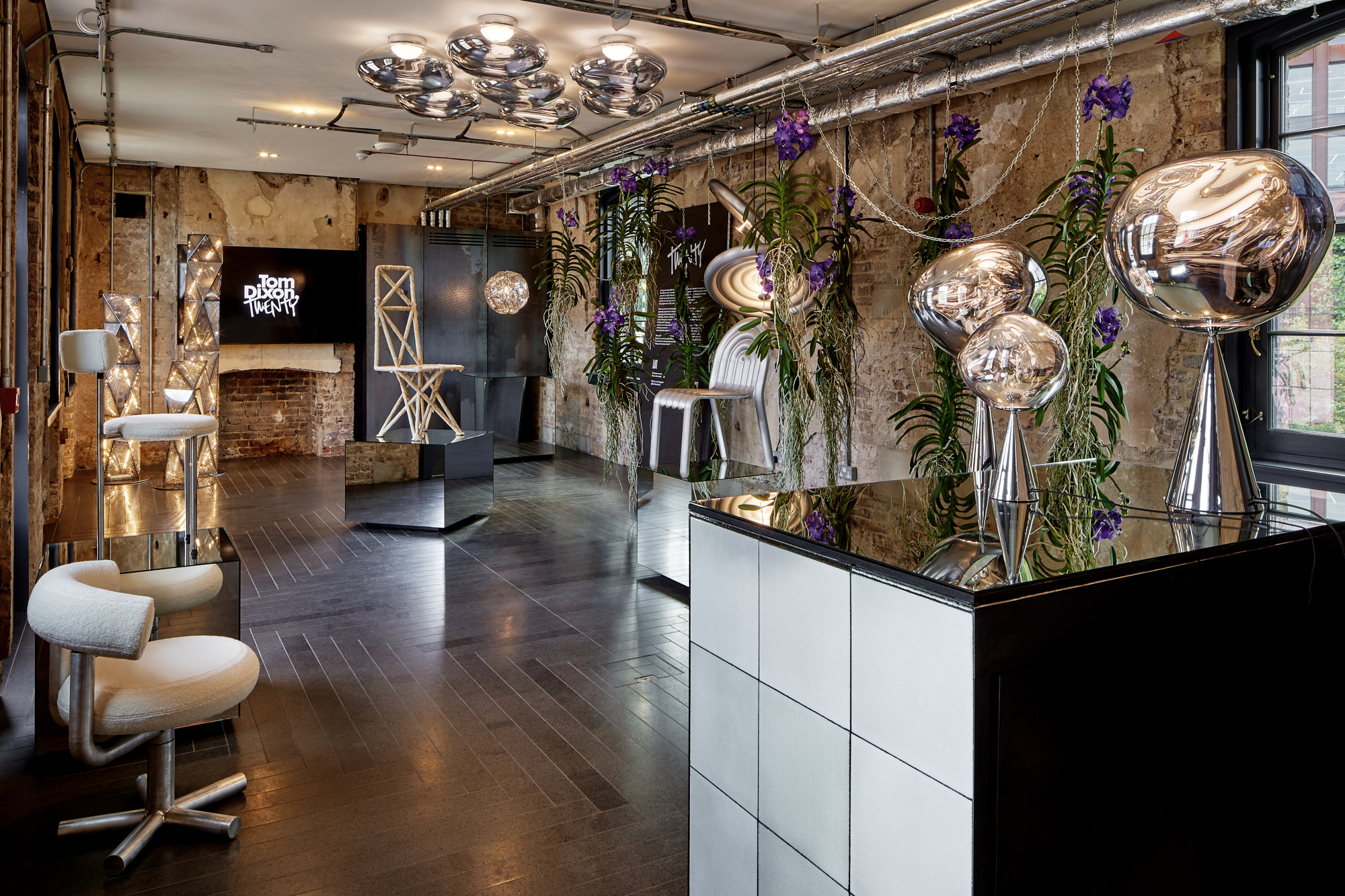
In 2002, in the middle of a 10-year stint as creative director at UK furniture retailer Habitat – a brand he helped to revitalise – he followed his punk instinct once again and launched his own brand to escape the anonymity of designing under others. Today, his studio operates from a former coal yard in London, producing lighting, furniture, interiors and fragrance – all with a focus on expressive materials and overt mechanisms, in what he describes as a 'heavy industry' aesthetic.
Dixon has shaped a global design identity grounded in structure, storytelling and unapologetically bold form. From the outset, he has championed the idea of structure as decoration – chairs whose strength defines their silhouette, lights whose shadows become part of the space. Polished metals, blown glass, pressed ribs and vacuum-metallised finishes recur throughout his work, though Dixon has also embraced softer, more tactile materials – most notably in his Cork collection, which uses chunky silhouettes and warm, natural texture to striking effect. The result is a distinctive visual language, despite the breadth of his output.
Alongside interiors, he increasingly explores scent, light technology and system design – creating not just standalone objects, but open-ended tools and frameworks. In 2019, he opened The Manzoni in Milan – a permanent restaurant-showroom hybrid where guests can eat, drink and experience his products in use. It reflects his immersive approach to interiors and retail, collapsing the boundary between brand and environment.
Receive our daily digest of inspiration, escapism and design stories from around the world direct to your inbox.
A return to the raw: material experiments
In the years following the pandemic, Dixon has turned his attention back to hands-on making. His 2023 'Metalhead' exhibition – staged at Themes & Variations gallery in London – offered a wry, retrospective look at 40 years of metalwork, from early salvage pieces to new sculptural experiments. The show marked a personal return to welding and studio-based production, while also affirming material play as central to the brand’s future.
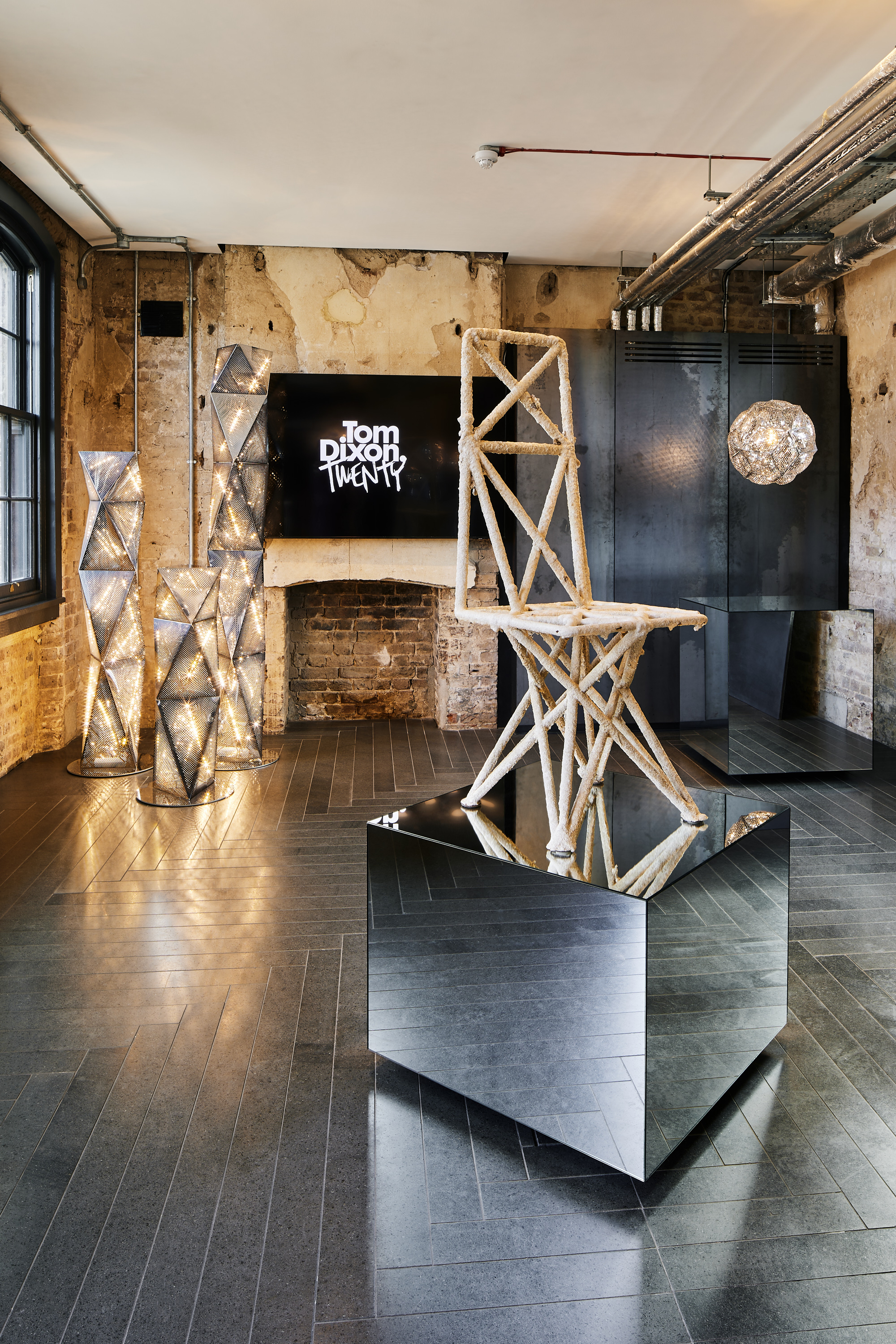
Biorock chair
Dixon has also looked outward – or rather, underwater. In collaboration with marine scientists and the Coral Reef Alliance, Dixon has been experimenting with BIOROCK: a low-energy process that grows mineral accretions on submerged metal structures. Over the past three years, his studio has successfully 'grown' chairs and tables off the coast of the Bahamas, where electrified rebar frameworks accumulate limestone and attract sea life. While Dixon acknowledges it’s unlikely to become a mainstream method of furniture production, he sees it as an effective tool for coral regeneration. The resulting structures are part environmental intervention, part slow-grown design object.
8 Tom Dixon designs to know (and own)
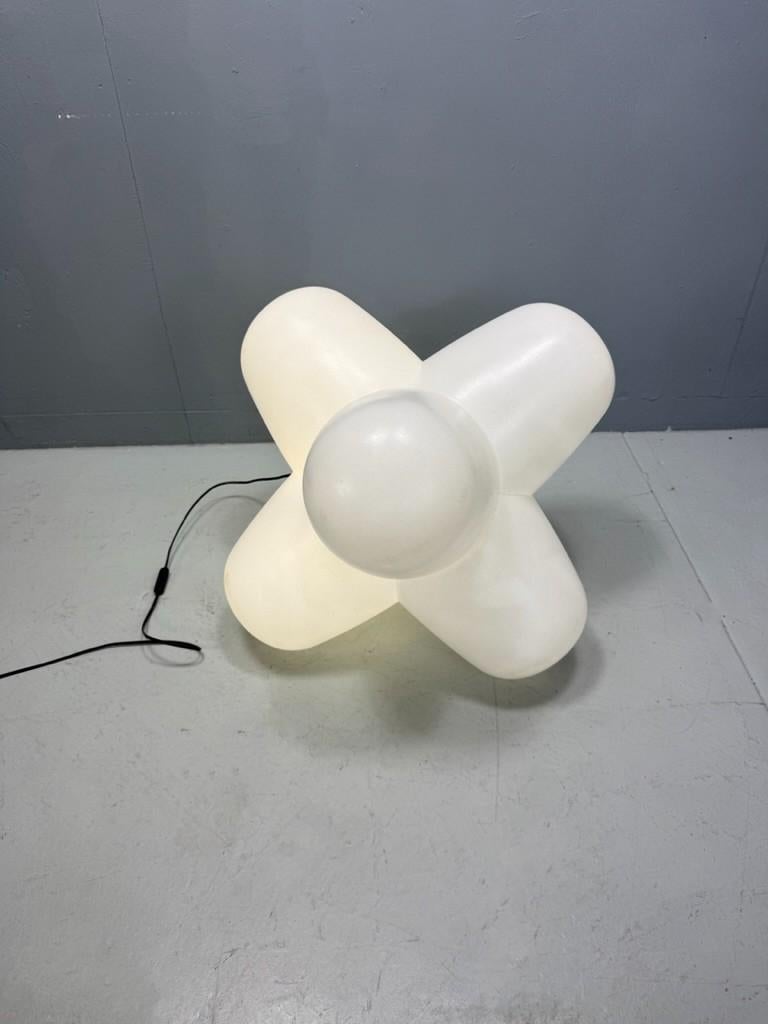
A staple of '90s decor alongside inflatable chairs and lava lamps, this hollow-bodied lamp is made from rotomoulded plastic. Part ambient light, part stackable sculpture, it signalled Dixon’s growing interest in industrial production and democratic design.
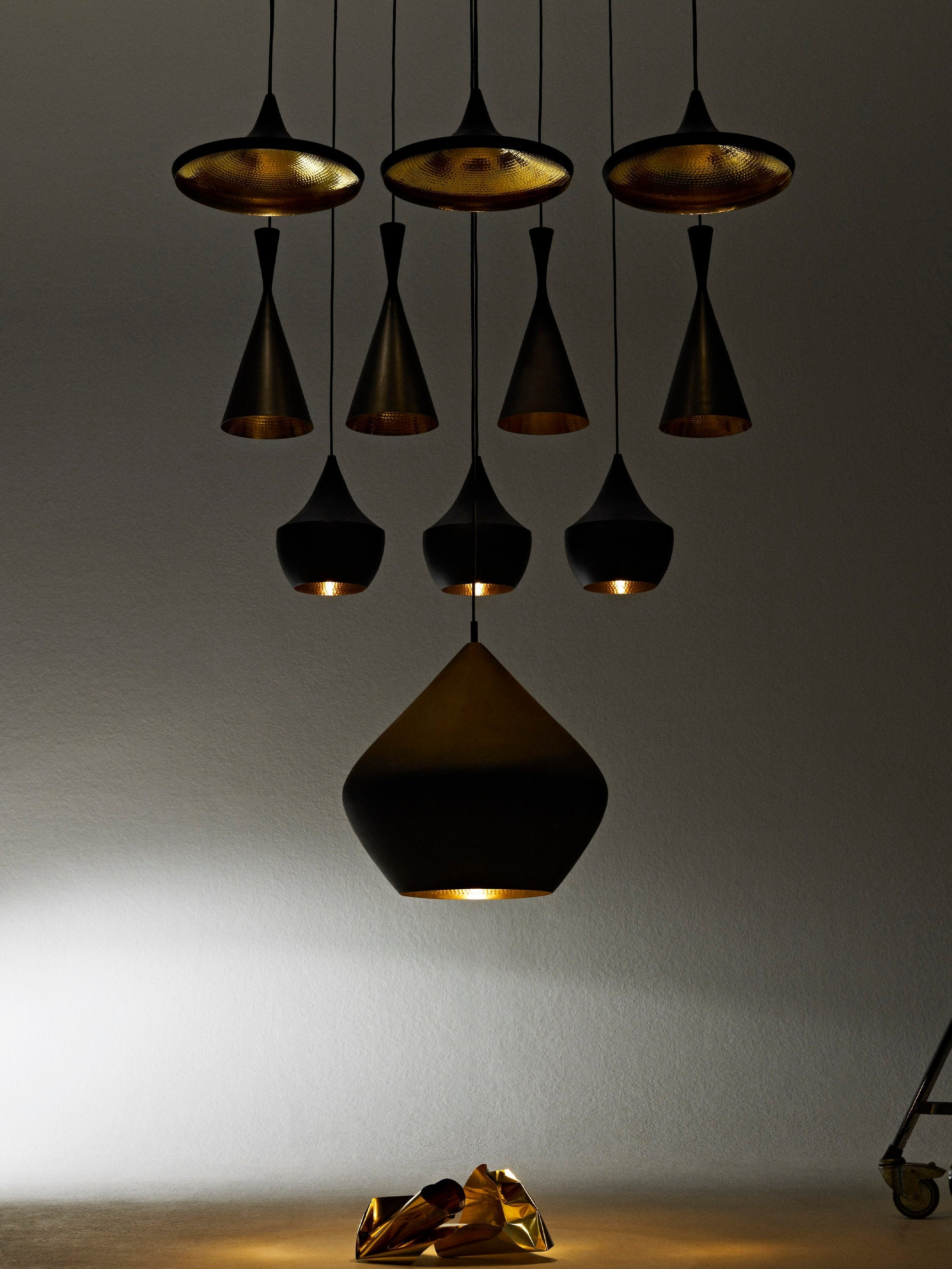
First launched when his eponymous brand was just four years old and still produced today, the Beat lights are hand-spun in India using traditional brass working methods. Inspired by everyday water vessels, their matt-black exteriors and gleaming interiors were an instant hit.
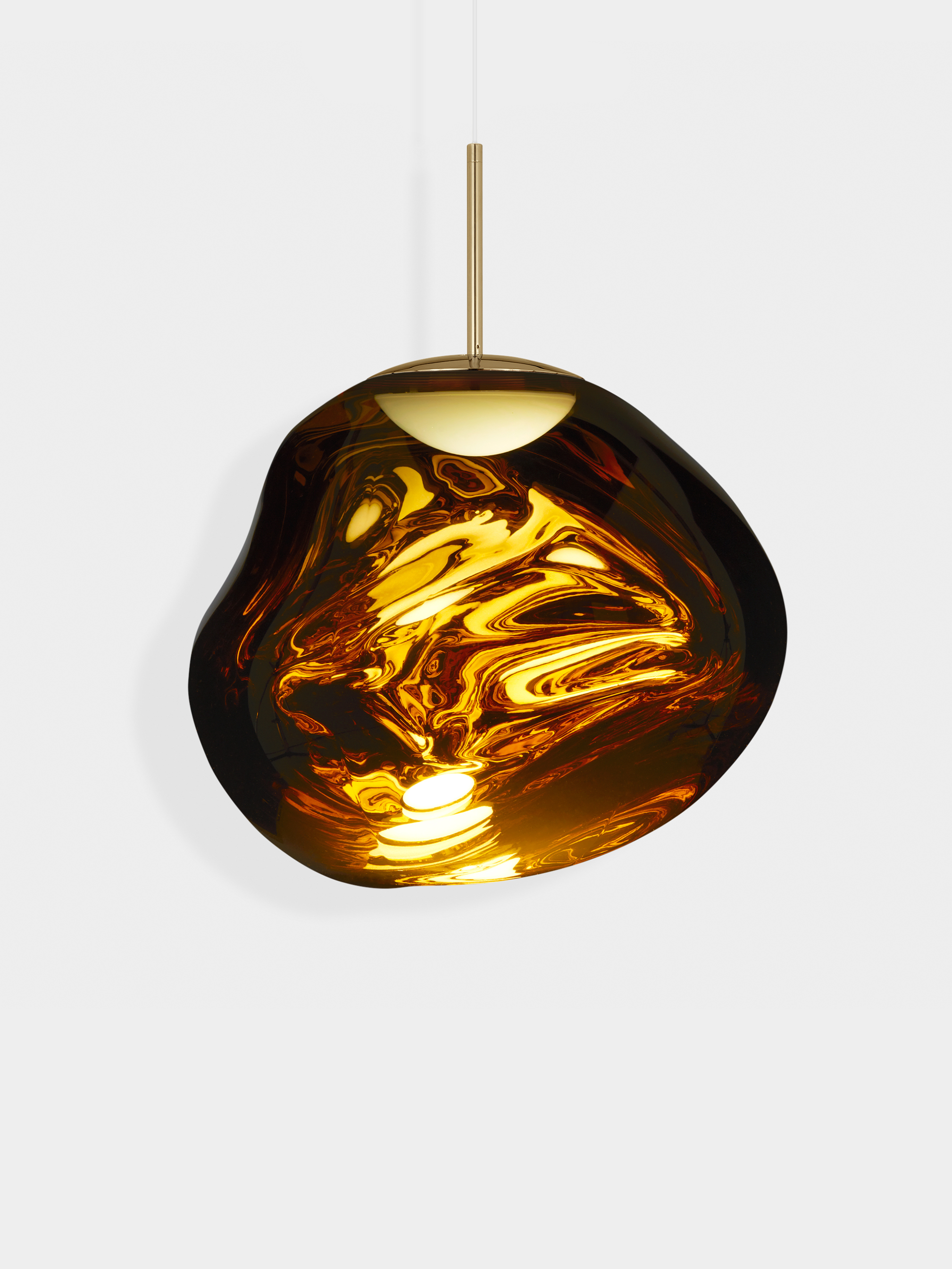
A distorted, mirrored orb created using vacuum metallisation – the same process used for sunglasses – the Melt light creates an illusion of molten glass and throws dramatic, liquid-like reflections. It remains one of Dixon's most iconic and best-selling designs.

Dixon’s foray into scent reimagines home fragrance through a design lens, pairing distinctive blends with sculptural vessels in brass, copper and marble. The collection spans candles, diffusers and incense, turning atmosphere into an extension of the brand’s aesthetic.
Ali Morris is a UK-based editor, writer and creative consultant specialising in design, interiors and architecture. In her 16 years as a design writer, Ali has travelled the world, crafting articles about creative projects, products, places and people for titles such as Dezeen, Wallpaper* and Kinfolk.
-
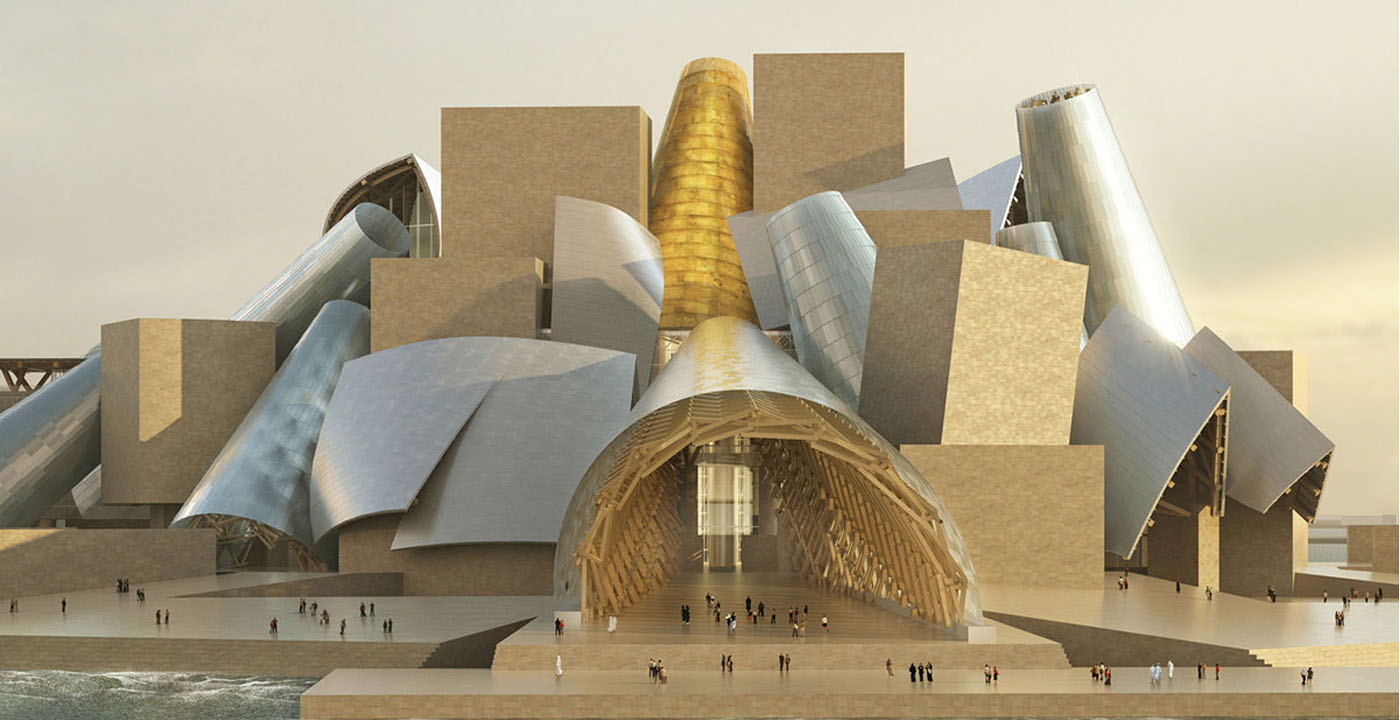 The eight hotly awaited art-venue openings we are most looking forward to in 2026
The eight hotly awaited art-venue openings we are most looking forward to in 2026With major new institutions gearing up to open their doors, it is set to be a big year in the art world. Here is what to look out for
-
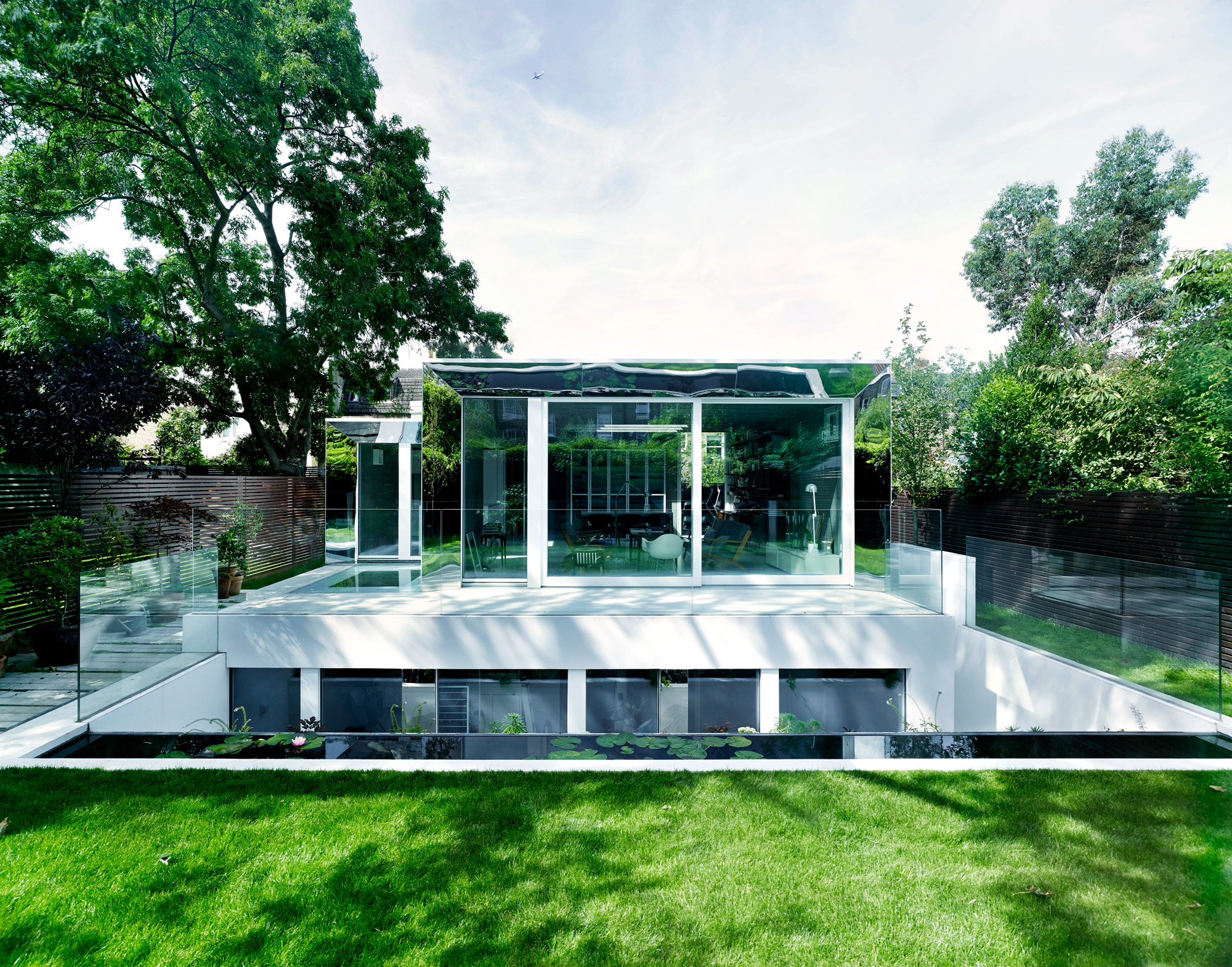 This modern Clapham house is nestled indulgently in its garden
This modern Clapham house is nestled indulgently in its gardenA Clapham house keeps a low profile in south London, at once merging with its environment and making a bold, modern statement; we revisit a story from the Wallpaper* archives
-
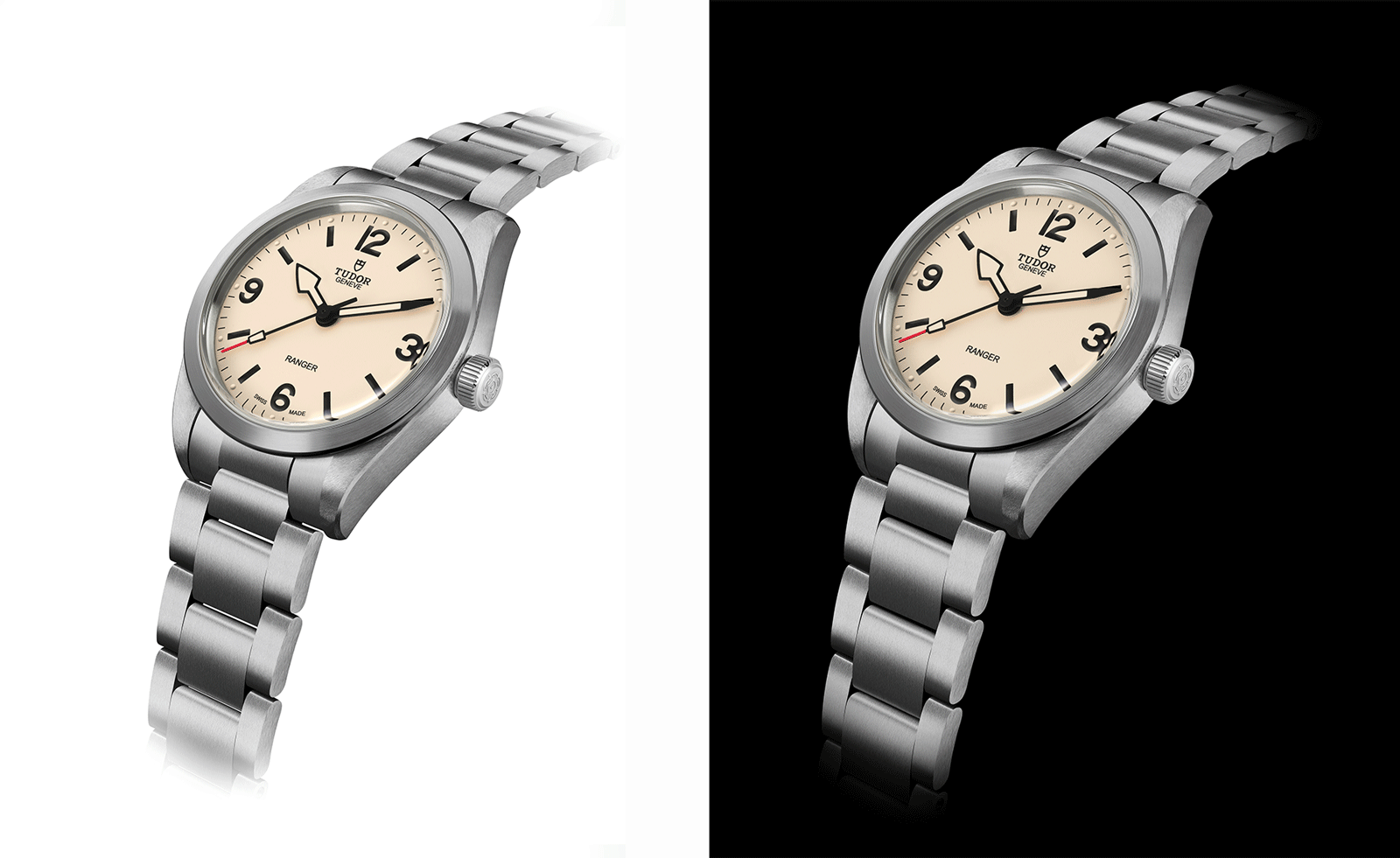 The new Tudor Ranger watches master perfectly executed simplicity
The new Tudor Ranger watches master perfectly executed simplicityThe Tudor Ranger watches look back to the 1960s for a clean and legible design
-
 These compact new lighting designs are perfect companions for darker evenings
These compact new lighting designs are perfect companions for darker eveningsWith our glowing recommendation, six cute and covetable new lighting designs to beat the winter blues
-
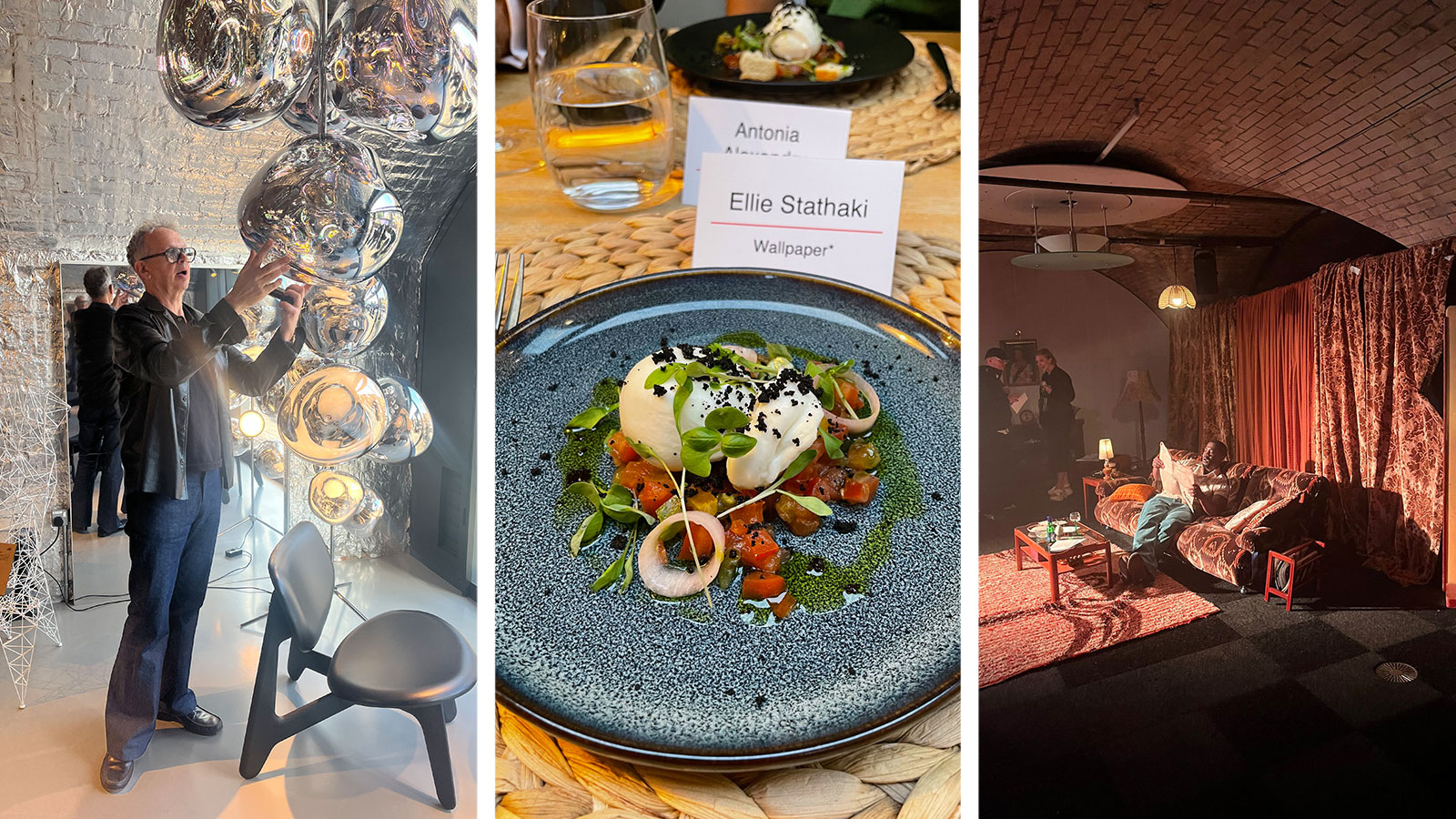 Out of office: the Wallpaper* editors' picks of the week
Out of office: the Wallpaper* editors' picks of the weekAs London Design Festival kicks off in the capital, it's a week of appointments and parties for our editors
